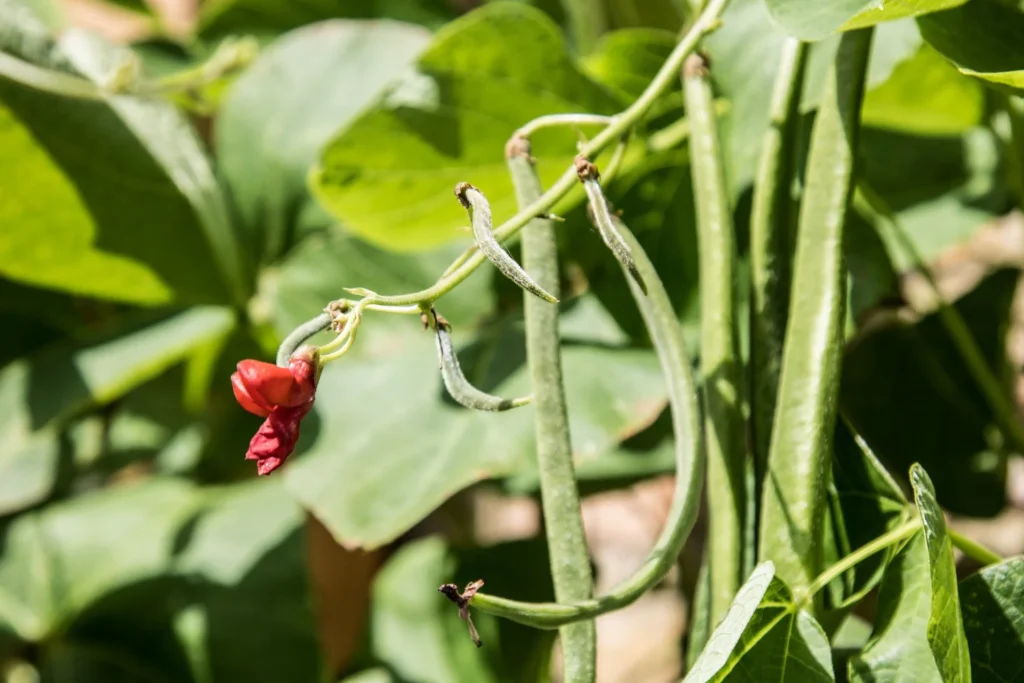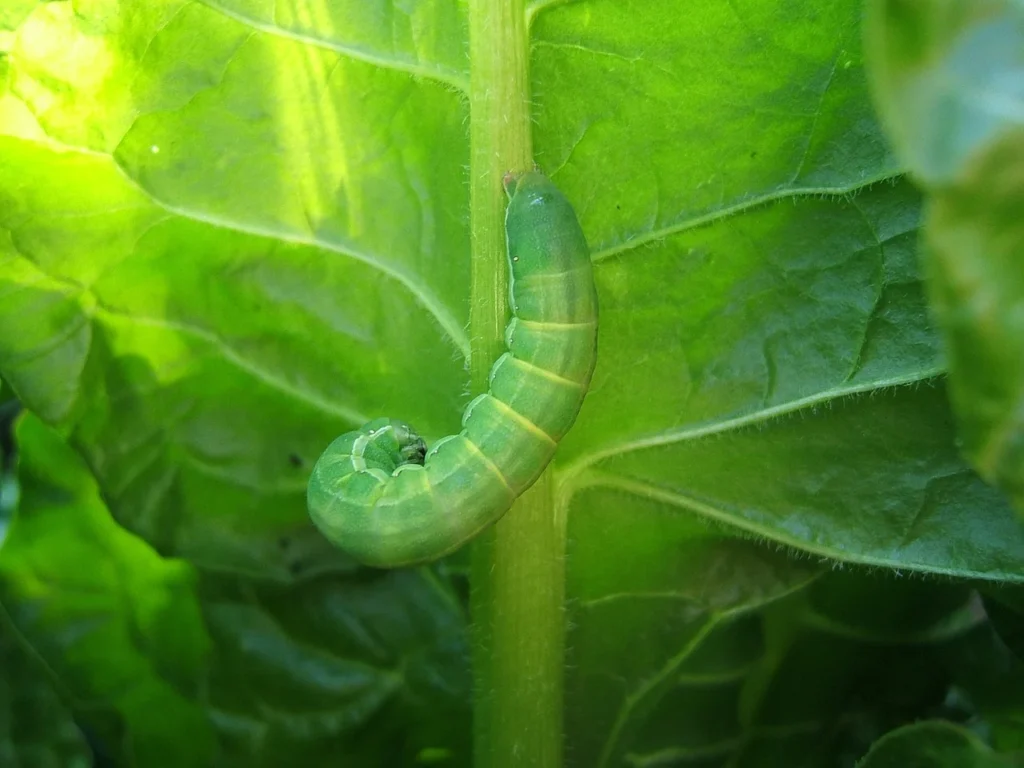Organic Pest Control
At the early stage of my gardening, I planted some pumpkin seedlings. I was taking care of them, and they were growing well. Everything was alright. Flowers blossomed, and fruits began to form, which blew my mind. Suddenly, I noticed that the fruits were getting dark and dying off.
I was wondering what had happened to them. As growing fruits takes a lot of work, I could not just let it go. I inspected them and discovered that it was the holy fruit fly.
Like everyone, I wanted my backyard full of homegrown healthy vegetables. However, things are not so easy as I am not the only consumer of my precious vegetables. Like every gardener, my vegetable garden is also attacked by pests. Protecting my garden from different harmful pests was not easy at all. It took me a lot of effort. Throughout my gardening journey, I have learned various ways of organic pest control. Today, I am going to share some of my experiences with you.
There are many ways to control pests. Many of them will not act individually well, whereas they may act robustly with an integrated system. Hence, I try to follow an integrated organic pest control system, which allows me to control them efficiently. Let me tell you the ways one by one.
Healthier Crops:

It is a common rule of nature that weaker plants are more likely to be attacked by pests. Survival of the fittest, you know. Hence, I always try to make my vegetable plants healthy. Though pests attack healthier plants too. But the weaker are more vulnerable. I use the proper amount of fertilizer for their robust growth. One thing I follow carefully is not to use an excessive amount of nitrogen fertilizer, which makes the plants grow quickly and green. These plants are more likely to be attacked by pests.
Right Season:
Though you can grow some crops year-round, most other crops grow well in the right season. If you do not follow the perfect timing, you will certainly experience miniature versions of your crops and sometimes no harvest at all, though the plants may grow well. Also, some pests are more active at different times. They attack in plenty and damage those unseasoned crops. Radishes are cool-season crops in general. But several years ago, I planted radishes in summer in my garden. I experienced bad germination and no/dwarf fruit size, and also lots and lots of aphids, which ruined them all.
Harvest Early:
Early harvesting deters insects from damaging your crops. If you wait for maturity, the insects get much time to cause damage, and larvae also get enough time to mature and damage your crops. As I visit my garden frequently, I generally harvest the infected crops and let the others mature. Thus, I ensure a high yield. One thing you must admit is that if you grow organically, sometimes pests will have victory over you. You may face some damage to your crop. To tackle this issue, I usually plant a little bit more than I need. So, the supply chain remains intact even though there are some damages by pests.
Crop Rotation:
Growing a single crop repeatedly in a particular spot is like giving the pests an Airbnb opportunity—to live and eat happily. The spores of some harmful pests, which remain alive beneath the soil, or some pests which may overwinter in that soil, become active the year after and cause more damage than the previous year. I don’t want this to happen to my garden, so I avoid planting from the same family each year. If you don’t have sufficient space to support crop rotation, you may divide your garden bed into several parts and plant different vegetables in different parts. In my opinion, maintaining a diary or notebook makes it easier to manage crop rotation.
Polyculture:

Monoculture, that is to say, growing a single crop in plenty, is alluring for the pests to attack and cause damage. In a single crop field, they get a chance to breed in plenty. Here, gardeners like me get a natural advantage. I produce different crops in my garden in a particular season. A variety of crops also invites natural fauna, predatory insects, and birds, which also contribute to controlling harmful pests in the garden.
Companion Planting:
Companion planting is a magnificent way of organic pest control. It works in different ways. For example, radishes, turnips, cabbages, etc. can be planted with carrots to distract harmful pests from attacking carrots. When we grow diversified crops in our vegetable garden, harmful pests get confused about which plants to attack. Thus, they hardly find their right food and can damage crops.
Growing Flowering Plants and Aromatic Herbs:

Some flowering plants and aromatic herbs, like mints, have strong scents which are great natural pest repellents. I use marigolds alongside my guard plants to protect them, especially from harmful nematodes. The roots of marigold contain alpha-terthienyl compound which suppresses the population of harmful nematodes significantly within several months. Strong scents of mints might sometimes be useful to get rid of rodents. Flowering plants also attract beneficial pests like ladybugs, parasitic wasps, dragonflies, lacewings, etc. to my garden, which feast on the harmful insects like aphids, and whiteflies.
Fruit Netting or Bagging:
Fruit netting and bagging is very effective in protecting the crops from fruit flies. I did fruit bagging in my mango garden and pumpkin and got excellent results. Without fruit bagging, I couldn’t have harvested a single pumpkin. Some gardeners use nets for deterring their plants from pests. You may get excellent results with some plants like cabbage, cauliflower, brinjal, and some other shrubs. If harmful bugs remain inside while netting, your garden is ruined. Therefore, you have to be careful while netting your vegetables.
Hand Control:
Controlling pests with bare hands is a handy idea. Often, I visit my vegetable garden, and whenever I see an infested plant, I pull it out and throw it away immediately. Sometimes, I cut off the infected part of the plant. Often, I take a deep look to see if there is any hornworm, caterpillar, nymph, or eggs of insects, etc. I pick and smash them. Picking insects one by one is tedious work; however, if you destroy one insect, it’s going to help a lot in controlling their population.
Trapping:
Another magnificent method of controlling pests is trapping. There are several traps available like pheromone traps and yellow sticky traps. I have used a pheromone trap and it’s awesome against fruit flies. You can use yellow sticky traps to kill various other insects.
Organic Spray:
Apart from the above-mentioned methods, I sometimes use organic sprays as a last resort to control the population of harmful pests. I often use neem oil for this. However, there are some other organic sprays like insecticidal soap, BT (Bacillus thuringiensis), and pyrethrum available for help. You must be cautious before spraying with those as some of them are indiscriminate to good bugs too. I generally spray in the late afternoon when pollinating insects and bees are not present. Furthermore, spraying in the late afternoon is strongly effective against bugs who are going to feast on your plants at night. You can prepare neem oil spray by mixing 2 cups of oil along with 1 cup of liquid soap. Mix them well and use 1 teaspoon per liter of mildly warm water. Spray it thoroughly on the plants in your garden and repeat every 10 days. Warm water would help to mix the oil well.
Organic pest control is a challenging task. You need to test one or another of the following methods. Mostly, you need to use a combination of some. However, we will be able to keep our food organic and intact using the above methods.





